During mould growth, digestive enzymes cause weakening of the surface. This can impact significantly on the condition of a document and lead to irreversible damage, including:
- Adhesion and/or blocking – through the addition of moisture, pages are stuck together and cannot be turned or separated easily (fig. 9-10), leading to loss of information
- Breakdown in structural strength of surface – a document becomes difficult to handle without causing further damage (fig. 11-12)
- Losses – where significant portions of a document have been detached or completely dissociated (fig. 13-14), leading to loss of information
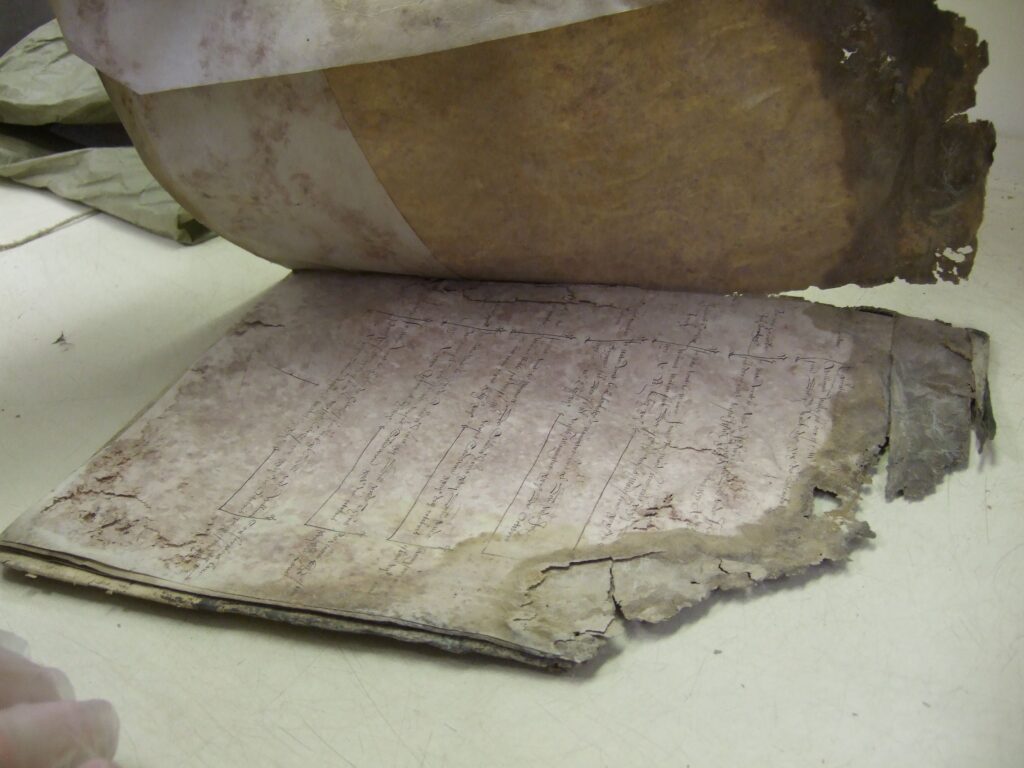
Figure 9 – catalogue reference E 190/5/4
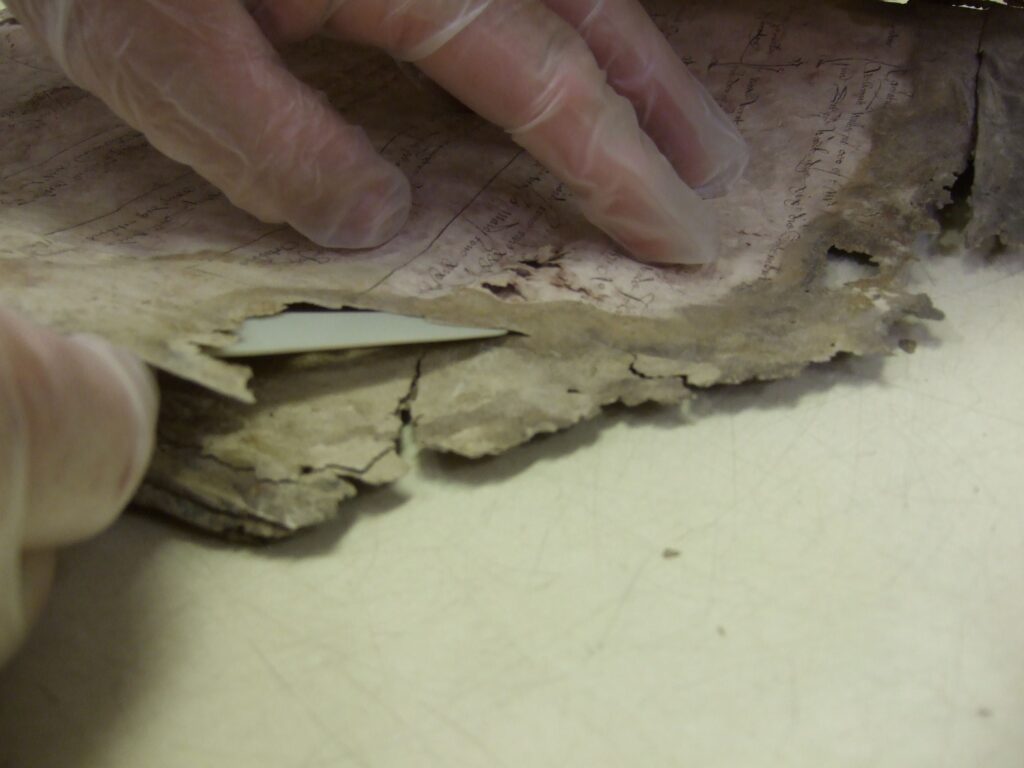
Figure 10 – catalogue reference E 190/5/4
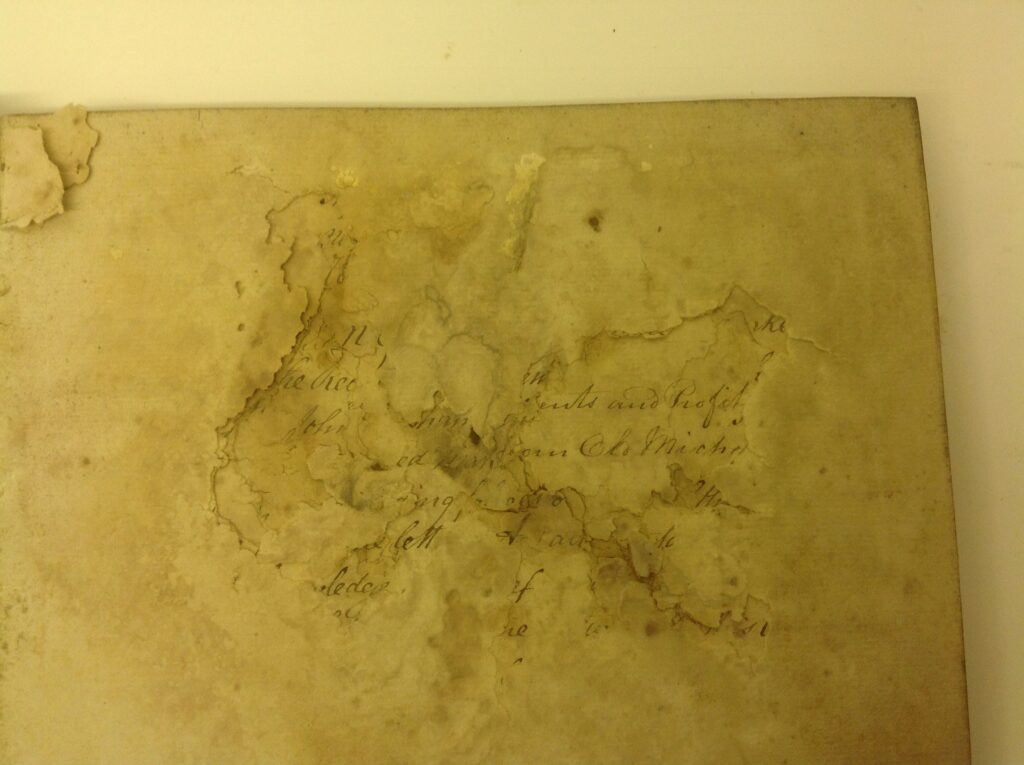
Figure 11 – catalogue reference C 101/1246
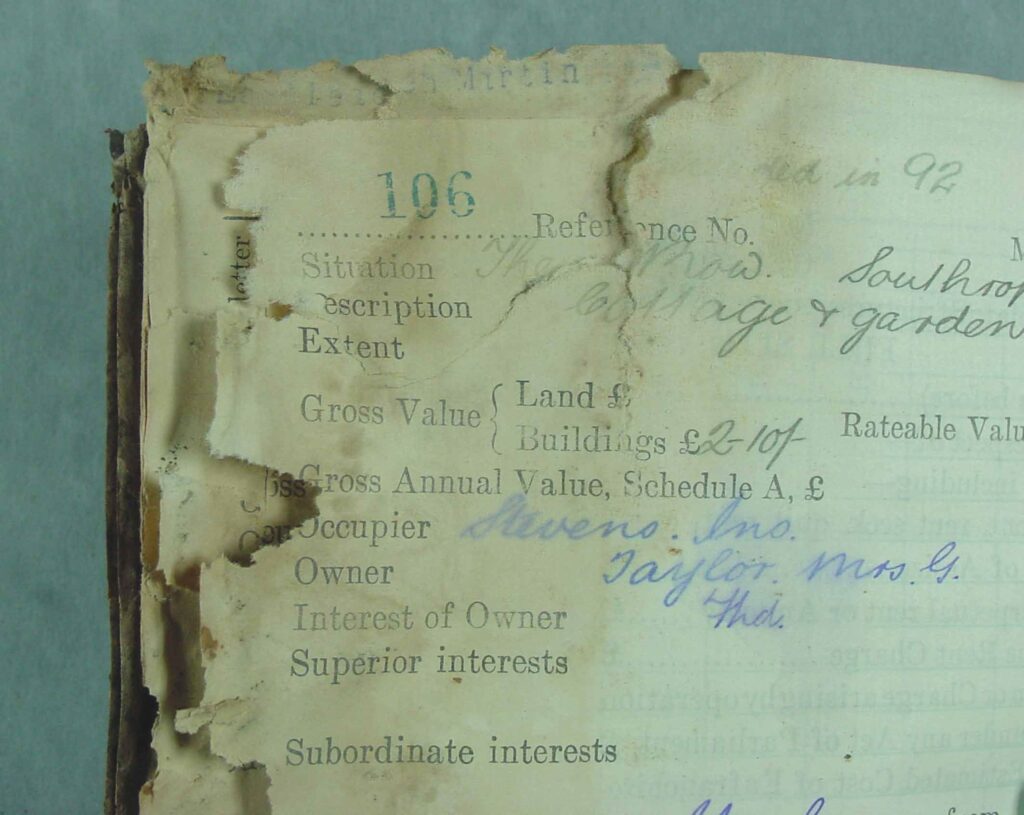
Figure 12 – catalogue reference IR 58/21229
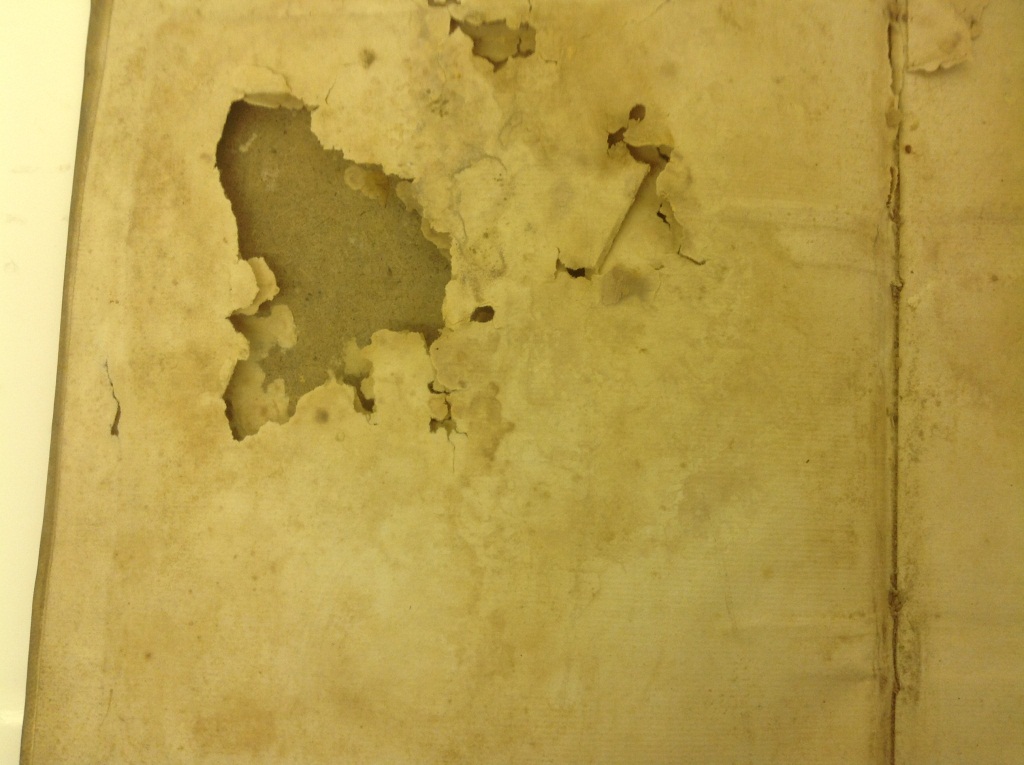
Figure 13 – catalogue reference C101-1246
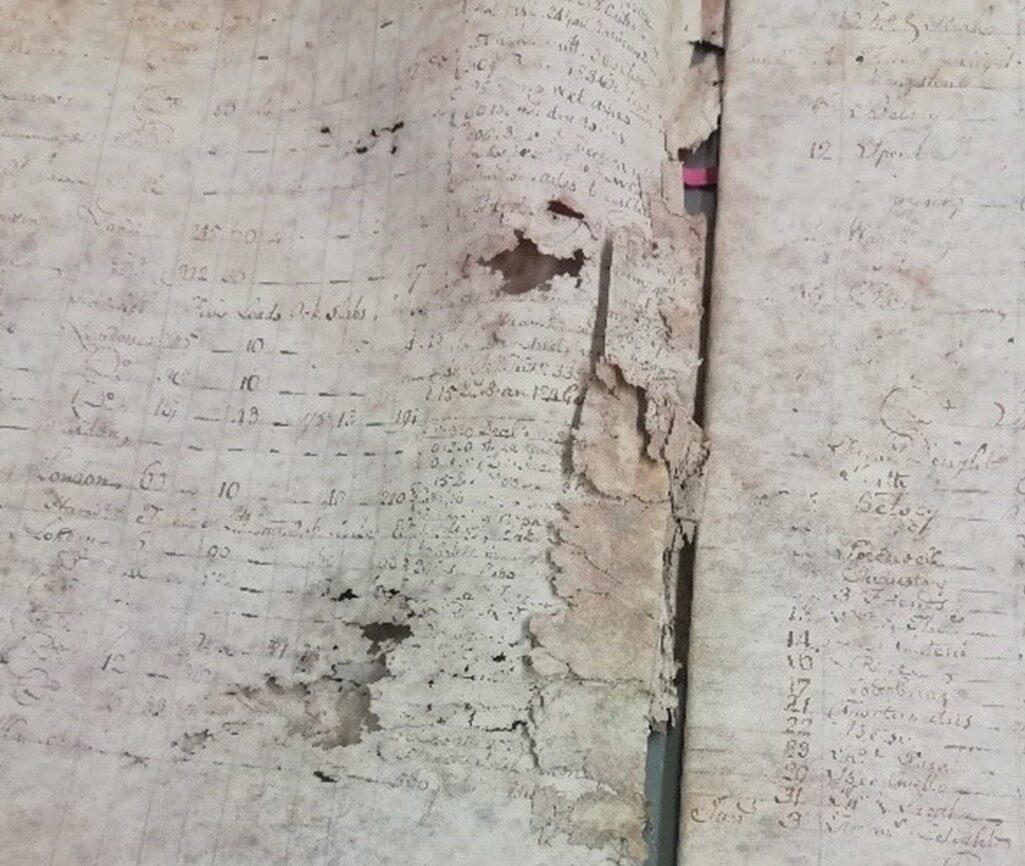
Figure 14 – E 190/585/21
The science of mould has additional information on how mould grows.